How To Choose The Right Foundation For Your Skin
Create a flawless makeup look with the right shade, finish, and formulation of your base.

Image: Midjourney/ StyleCraze Design Team
Applying the right foundation shade and formula through proper technique is the perfect way to make your skin appear flawless. Thus, it becomes vital to know how to find your foundation shade so that you aren’t left confused by the daunting range of products available on the market. Foundations come in numerous shades, and each shade caters to a different skin tone. While the foundation can make you flawless if applied correctly, it can also completely mess up your makeup when applied incorrectly. Therefore, applying the wrong shade of foundation can make you look caked or painted. Understanding your skin is the first step to determining and choosing the right foundation shade. So, let us begin from there. Further below, you will find some tips to help you in selecting the right foundation shade according to your skin tone. Keep scrolling!
 Keep In Mind
Keep In Mind- Consider The Formula: Oil-free formulas are ideal for sensitive, oily, and breakout-prone skin. If you have dry skin, avoid powder or mineral-based formulas and go for cream or cushion foundations. If you have mature skin, use a foundation containing glycerin, peptides, squalene, or hyaluronic acid to get a healthy glow.
- Pick The Right Primer: Silicone-based primers go well with silicone-based foundations. If you have blemishes, use color-correcting primers to hide them.
- Check The Coverage: Foundations with sheer coverage are apt for everyday makeup. Medium-coverage formulas are suitable for covering pigmentation, and high-coverage formulas are perfect for special events and parties.
- Blush And Bronzer Type: Opt for powder blush and bronzers if using a liquid or mineral foundation. This will ensure a smoother finish.
In This Article
How To Choose The Right Foundation – 6 Essential Things To Consider
You know that feeling when you see someone wearing the wrong shade, and it looks like they’re wearing a mask? This is why you must find a foundation that matches your skin. Skin tones are more than a shade of color; they are a beautiful composition of complexion and undertones. And understanding both of them is the secret to finding the right shade of foundation. The purpose of your base makeup is to help your skin look its best, and not to look like you have layers of product on. Here’s what you can do learn how to find your foundation shade and nail your makeup look:

1. Understand Your Skin Type
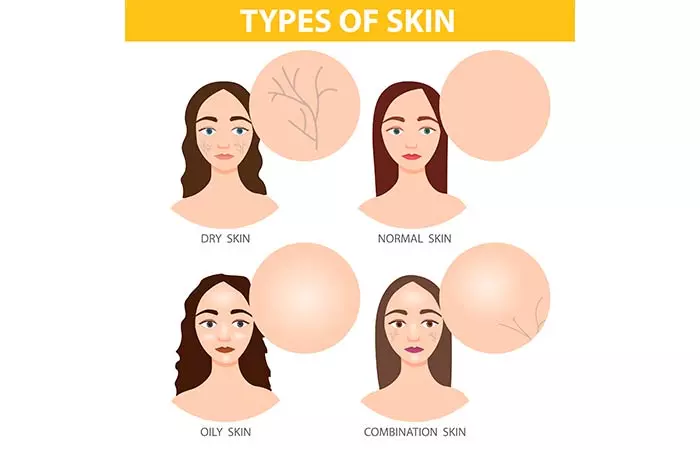
This is perhaps the most crucial step to help you choose the perfect foundation formula. You must understand your skin’s needs and concerns to pick a formula that will work best for you.
Oily Skin
If you have oily skin, use powder foundation or an oil-free liquid one. These contain powders that absorb oil, leaving you with a smooth, matte finish. Mineral foundations also work well on oily skin, because the dry particles tend to absorb moisture and also prevent shine.
You can try: Hourglass Immaculate Liquid Powder Foundation or Estee Lauder’s Double Wear Stay-In-Place Makeup for lasting and shine-free wear.
 Quick Tip
Quick TipDry Skin
If you’re someone with dry skin, choose a hydrating powder foundation, a liquid or a stick one. These have a creamy consistency which delivers moisture to the skin and offer great coverage.
Try: Clinique Moisture Surge CC Cream or NARS All Day Luminous Weightless Foundation. These have a weightless, watery formula – the lightness allows the product to blend flawlessly, and there’s no sign of dryness.
Combination Skin
If your skin is oily in some place, and dry in others – you’re stuck in the worst of both worlds. How to choose the right foundation for combination skin? Try strategically mixing and matching formulas and avoid foundations that are formulated to be emollienti Moisturizing ingredient in cosmetic products with the quality to soothe and hydrate the skin by providing a protective barrier. or oil-rich.
Your safest bet would be Maybelline Fit Me! Matte & Poreless Foundation as this not only hydrates and locks in moisture, but is also designed to suck out extra oil from places like your T-zone. You can also try IT Cosmetics’ Bye Bye Foundation, which comes with SPF 50.
Sensitive Skin
How to find the right foundation shade if you struggle with acne-prone and sensitive skin. It’s best to avoid certain ingredients that can irritate your skin like alcohol and fragrance. Also, mineral oil and talc is a big no-no.
Try: Too Faced Born This Way Foundation or Tarte’s Amazonian Clay Full Coverage Airbrush Foundation. These are formulated without parabens and skin irritants.
2. Match The Shade To Your Skin Tone
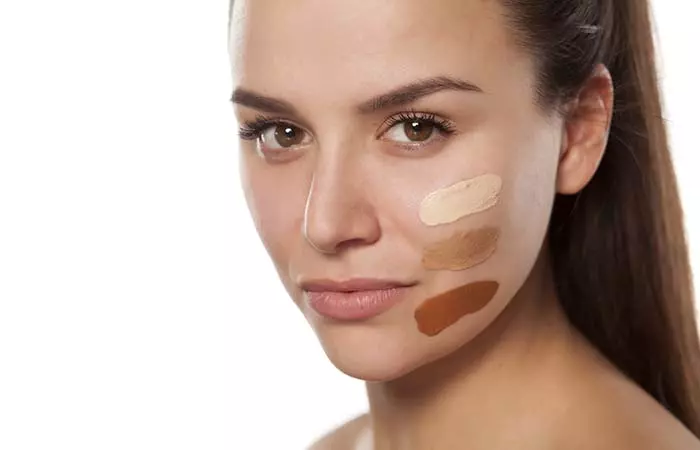
How to choose the right foundation that matches your skin tone? The best place to test whether a foundation is a match for your skin is your neck or jawline. The right shade will seamlessly blend into your skin color and won’t leave you looking ashy or ghastly. If it’s leaving a whitish cast on your skin or if it’s making you look darker, then it’s the wrong shade. Don’t be afraid to mix two different colors for summer and winter. This also works because your skin tone will vary through the year and also vary in different areas of your face. Test the shades in natural daylight to get the right look. Let it sit for about 30 minutes to see if there is any oxidation or can change color.
Marin McCarthy, a professional makeup artist and founder of Marin Eve Makeup states, “Foundation shouldn’t always exactly match the skin. It should be a better version of your skin; especially if you are more tanned on your chest. Very often people are very pale on their face because of sunscreen application but darker on the rest of the body.” When you’re in doubt, go with the slightly darker shade because going lighter almost always looks artificial and chalky.
Nikkia, a YouTube vlogger, shared her experience of matching foundation to her skin tone. She has different skin tones on her face, neck, and hands and advises not to get an exact shade that matches your hands. This is because skin color is different for face and hands for most people. She explained, “I’ve got one that’s two shades darker. See how the edges of that swatch pretty much just disappear into my skin tone? Like you can hardly tell that I’ve got the foundation there– that’s how you know it’s a good match. And it might seem weird because this same shade on my face you might think ‘oh there’s no chance that it’s going to match me!’ This is the correct shade (i).”
3. Identify Your Undertone

To know how to find your foundation shade, look at your bare skin, think about how golden (yellow-toned) or rosy (pink-toned) it appears. If you’re golden, you have a warm undertone, and if you lean towards the rosy side, you’re probably cool toned. If it’s a combination of the two, you have a neutral undertone. Another way to figure this out is to look at the color of your veins – if they appear more deep purple or bluish, you will likely fall in the cool-toned spectrum. If your veins appear greenish, you’re warm-toned. Now how to pick the right foundation?
Once you’ve learned how to find your skin’s undertone, it will be easier for you to shop for a foundation that complements your skin color. Trust us, you’ll end up taking home the most flattering one.
Some foundations also come with warm-toned and cool-toned labels. “A good way to tell with most foundations is if the shade name starts with “N” it is neutral, “C” for cool, and “W” for warm. For example, NC20 would be a neutral-cool light shade”, shares Marin McCarthy.
4. Choose Your Finish
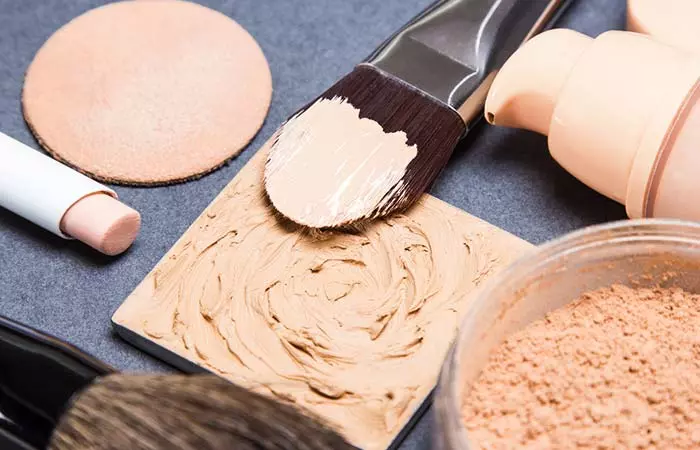
If you’re a newbie to using foundation, you may wonder what the heck a “finish” is? Even regular foundation users may seem to be confused about which one they want. A finish is simply the kind of sheen (or the lack of it) a foundation formula leaves on your skin. You’ll find dewy, matte, semi-matte and luminizing finishes, each one looking stunning in its own right. But deciding on the right foundation depends upon which look you like best. It also depends on your skin type to be able to pull off any finish.
Doing The Dewy Or Luminizing Finish
If you’re going for a dewy foundation, the rest of your makeup should be subtle – go for a subtle pigmented, non-shimmer eyeshadow and ditch the high-shine lipstick. Instead, use a matte lipstick. You don’t want a lot of sheen and shimmer going on, as that may translate to a very oily appearance. Although, if you can manage to pull it off well, a luminous or glossy finish can look stunning. According to Marin McCarthy “The trick to a well done glossy finish is selectively powdering areas that tend to look oily such as the T-zone and chin.”
Mastering Your Matte Finish
This is great if you have oily or combination skin. Matte finish foundation will make you look virtually flawless with a poreless finish. If you do it right, you can create a gorgeous silky, powdery finish without feeling weighed down.
5. Test It Before You Buy It
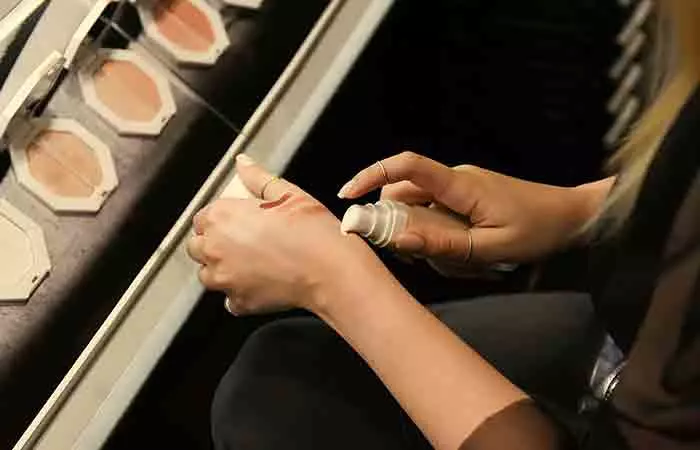
Don’t just walk into the store and make your purchases before you’ve tested it out first. And we can’t stress enough – do not color test them on your hand for shade matching! It’s not the same tone as your face. Instead, swatching along the side of your jawline can help you get an exact color matching. Choose a few shades that look the closest to your skin complexion and test them out by dabbing some swatches NOT on your hand, but on your jawline to wind up with the most natural-looking color.
6. Consult A Makeup Professional
If you walk into a department store, you’ll pay more for your foundation, but trust me, it’s worth it. You’ll find some solid assistance from professionals who’ll help you out. This is especially helpful for all you beginners. Some brands also offer testers to interested customers, for sampling, and you can test it out over a few days in mirrors and different lighting and also see how it photographs. It’s also advisable to not buy your foundation online as you may just end up with a shade that’s not even close to what you expected.
 Trivia
TriviaNow that you have a fair idea about how to choose the right foundation, here are a few things you should keep in mind during its application for a base that is to die for!
- You must arm yourself with the right application tools, be it a rounded foundation brush or a makeup sponge – buy high-quality tools for a seamless and effortless end-result.
- The secret lies in the prep! Use a primer, and no matter what your skin type, moisturize. As Marin McCarthy emphasizes, “Primers are definitely optional but good skincare is the most important!” If you want your face to look and feel gorgeous throughout the day, you can even use an inexpensive primer with glycerin. After applying foundation, use a lightweight powder or mist to get a natural and fresh, everyday look. If you want to sport a glam look, use an illuminating primer to make your skin look radiant. Alternatively, you can also mix a drop of liquid highlighter with your foundation or set your makeup look with a glossy or glitter finish setting spray.
- Don’t use too much foundation. Learn how to apply foundation sparingly to the parts of your skin that need to be evened out – this will leave you with a more natural finish.
- If you want that sun-kissed glow, spray a soothing mist or a setting spray onto the large, flat size of your makeup sponge, and press it onto your skin all over to diffuse the look of the makeup, while making it look super natural and hydrated.
- Skip touching-up often with setting powder, instead use blotting papers to avoid looking like you have a little too much makeup on. You can also use a spritz to freshen up as this will help reactivate the pigments in your foundation, and leave your skin looking glowing and hydrated.
Once you find the perfect foundation for your skin, you need to ensure that it works for you all year round. Sometimes you may need to change your foundation based on how your skin feels in a particular season. Learn more in the next section!
How To Adjust Your Foundation Per The Season
Your skin tone can slightly change depending on the season. So, you need to adjust your foundation depending on how your skin feels in each season, be it summer or winter. Here is how you can go about it:
Adjust Your Foundation For Warmer Months
- Apply Bronzer: If you want your foundation to complement your summer skin, apply a bit of bronzer, preferably a shade or two deeper, to complement your skin tone. Rather than applying the bronzer by mixing it with foundation, apply it strategically to the place where you look naturally tanned. This way you can darken your foundation for summer months to add a natural warmth to your skin.
- Create Your Own Custom Foundation: If your foundation looks a bit too dark, blend it with a lighter shade of foundation. Adjust the consistency to create a foundation that matches your face and neck.
- Use A Loose Powder: If your foundation appears to be too light use some darker loose powder over your makeup to match your summer skin tone.
Adjust Your Foundation For Colder Months
- Dilute It Using A Moisturizer: During winter months, the skin often requires more moisture, causing it to lighten up a little. If your foundation is too dark for the winter season, lighten it by mixing it with a bit of moisturizer. This will sheer out your formula and allow your foundation to match your winter skin.
- Use A Hydrating Primer: Alternatively, you can also use a hydrating primer to sheer out the foundation and make it lighter for winter months. This will also help to improve the staying power of your makeup.
- Use A Damp Beauty Sponge: To sheer out the dark foundation and lighten its pigment, use a damp beauty blender, take very little foundation, and apply it on the skin in a bouncing motion. The sponge’s moisture can reduce the intensity of the pigment and thus help the foundation spread out more thinly.
Key Takeaways
- It is essential to find a foundation that matches your skin tone appropriately.
- The skin type (oily, dry, or combination) should always be kept in mind while choosing a foundation.
- Figure out your skin’s undertone, as it will make it easier to shop for the perfect foundation.
- Choose your foundation finishes (dewy, luminizing, etc.) correctly, depending on personal preference and of course skin type to pull it off.
Infographic: 4 Ways To Help You Choose An Ideal Foundation
Using the wrong foundation shade could make your skin appear ashy or cakey. The greatest way to achieve perfect skin is to use the right foundation color and a decent application method. Every shade of foundation suits only a certain skin tone but is available in a wide variety of shades. So, it’s crucial to know how to determine your foundation’s color. Check out the infographic below to choose the best foundation shade for trying on your skin.
Some thing wrong with infographic shortcode. please verify shortcode syntaxIf you have been scouring the internet searching for how to find your foundation shade, keep this article handy! The right foundation shade blends effortlessly while matching your skin tone and undertone to give you that barely-there, fresh, and natural look. This detailed guide on finding your foundation shade can help you understand your makeup needs and in picking out the perfect product with the right texture, tone, and formulation.
Frequently Asked Questions
Should a foundation be lighter or darker than concealer?
Makeup artists advise that your concealer must always be one or two shades lighter than your foundation if you want to brighten certain dark areas on your skin. A concealer that is more than 2 shades lighter than your foundation will make your face look unnaturally pasty. But if you simply want to cover up some spots and blemishes, your concealer should match your foundation.
Is the beige foundation warm or cool?
A beige foundation will give a warm tone to your skin.
What do N and W mean in a foundation?
In foundations, the N stands for “Neutral”, the W stands for “Warm”, and the C stands for “Cool.”
Illustration: How To Choose The Right Foundation For Your Skin? - 4 Simple Tips

Image: Dall·E/StyleCraze Design Team
Do you want to find the right shade of your foundation? Then, watch the video below to find out how to pick the right shade directly from the store.
Personal Experience: Source
StyleCraze's articles are interwoven with authentic personal narratives that provide depth and resonance to our content. Below are the sources of the personal accounts referenced in this article.
i. How To Match Your Foundation Shade – The Right Way!https://www.youtube.com/watch?v=nFOemmrMnXo
Read full bio of Marin McCarthy
Read full bio of Anu Pallavi
Read full bio of Madhumati Chowdhury
Read full bio of Bhumika Daga






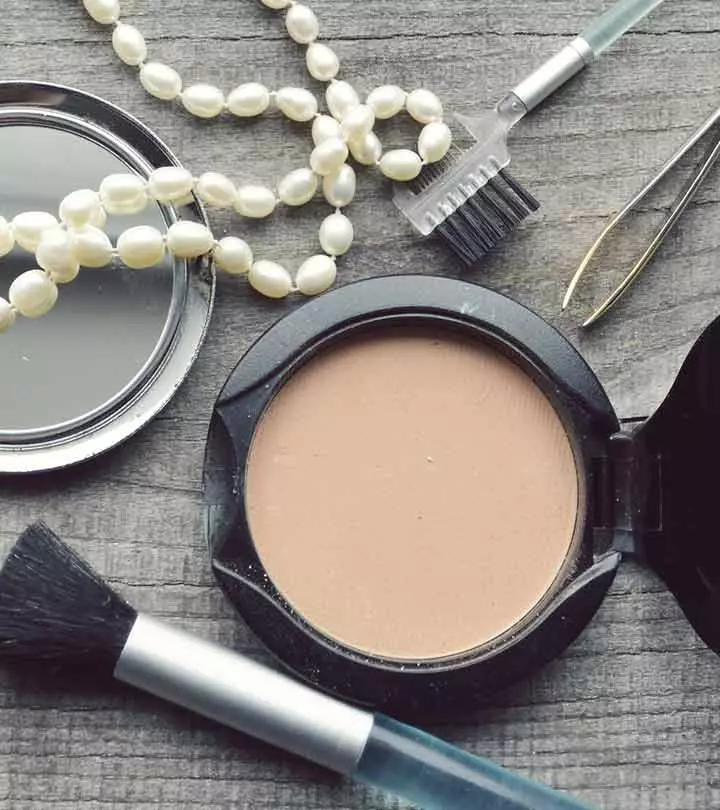
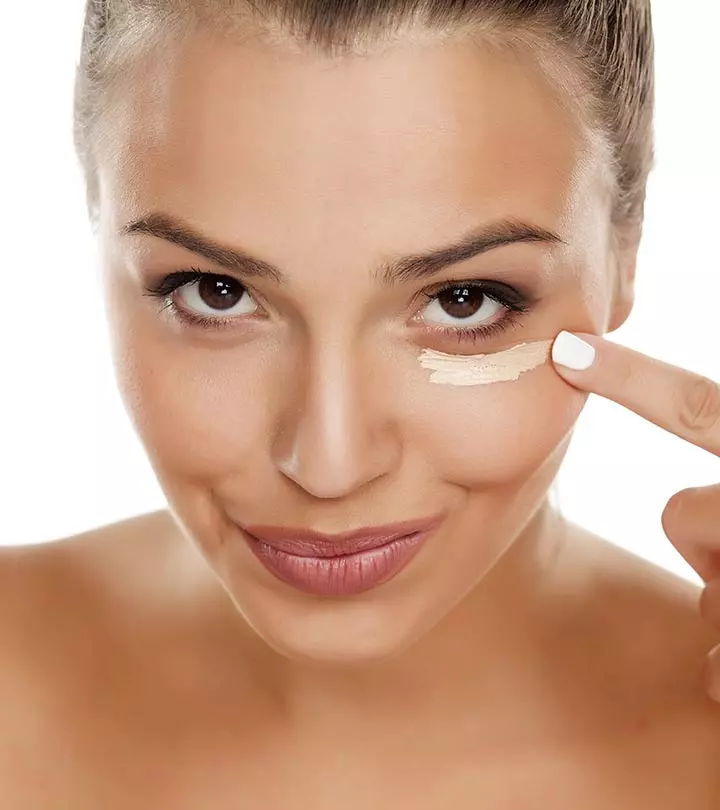

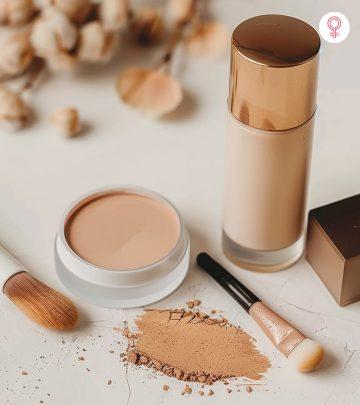
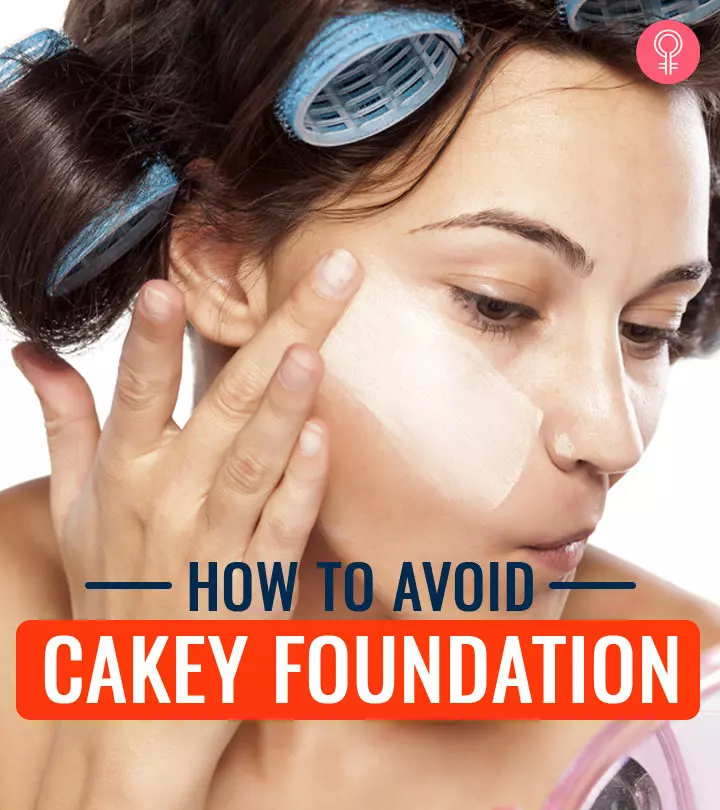



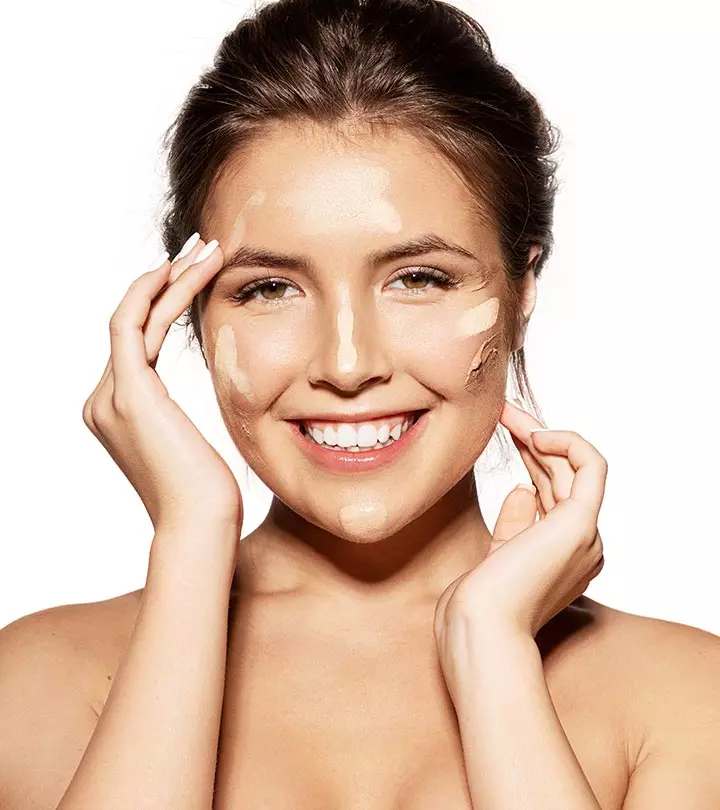

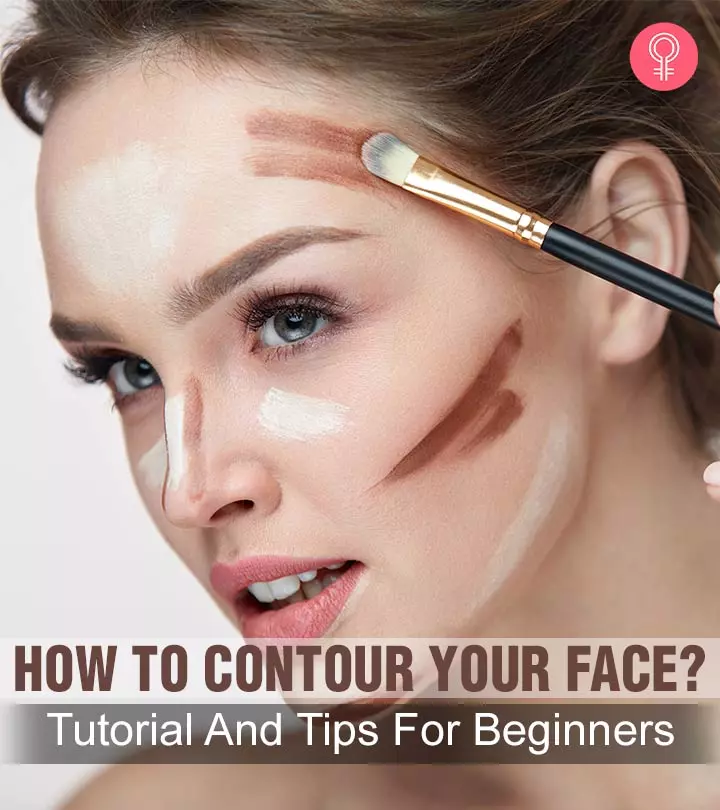
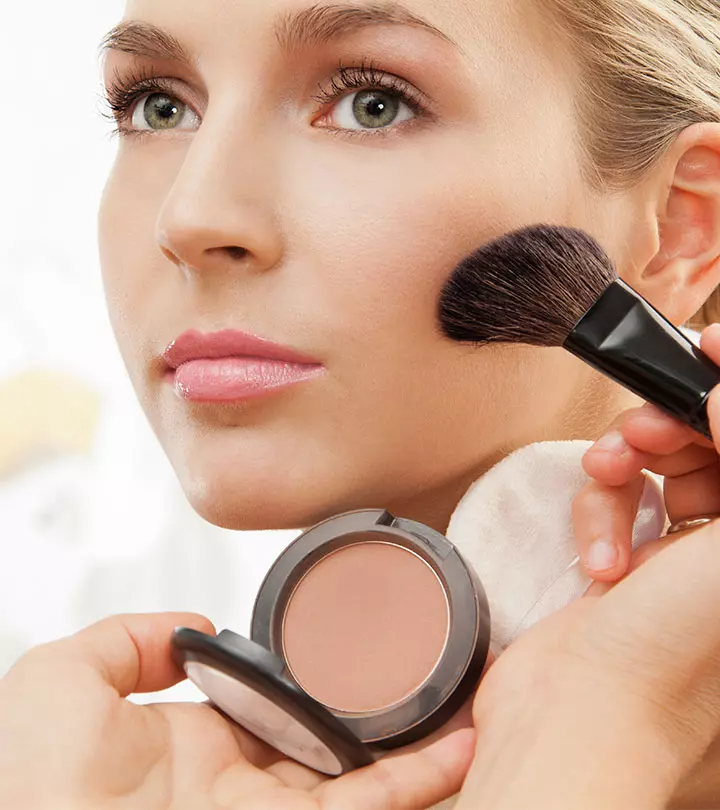



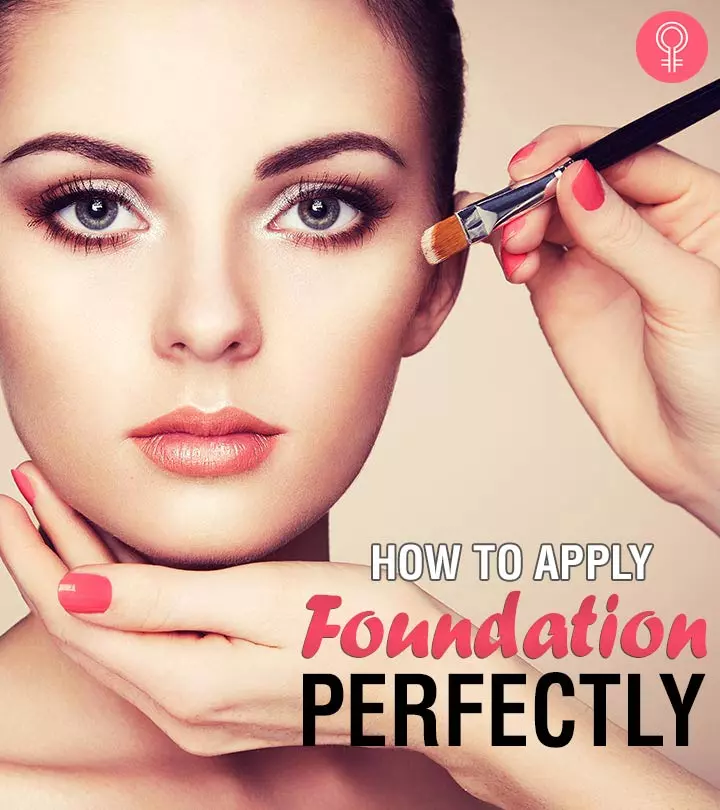




Community Experiences
Join the conversation and become a part of our empowering community! Share your stories, experiences, and insights to connect with other beauty, lifestyle, and health enthusiasts.